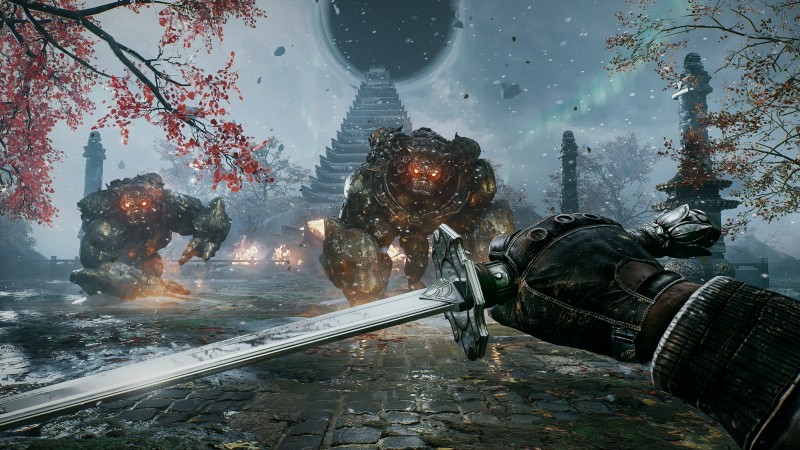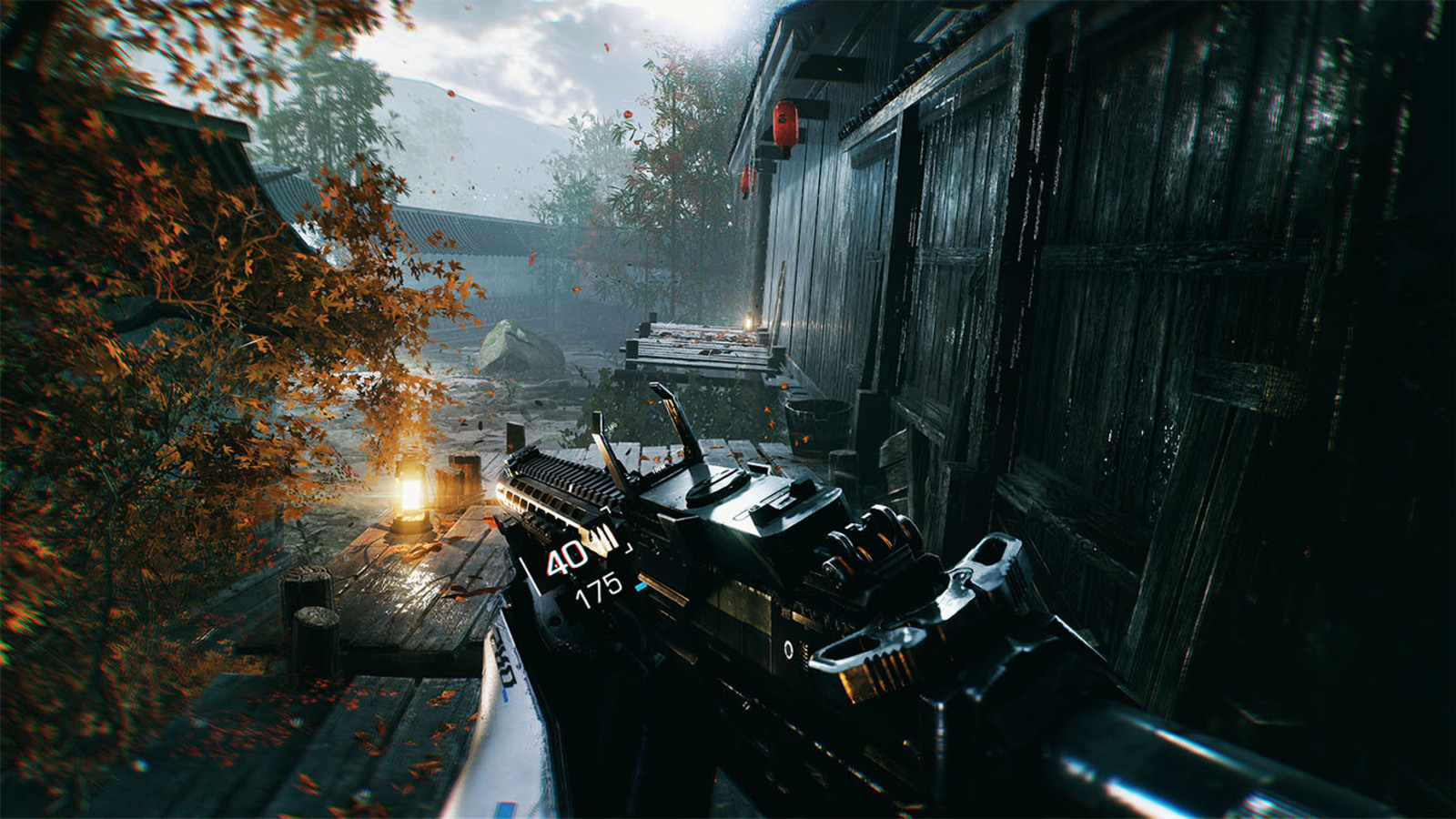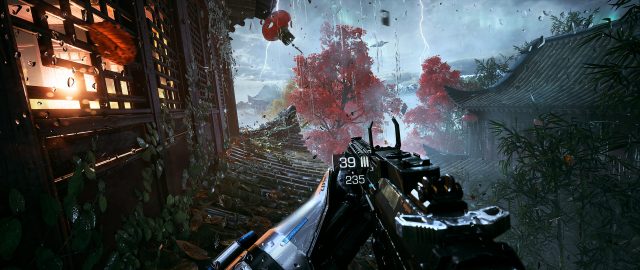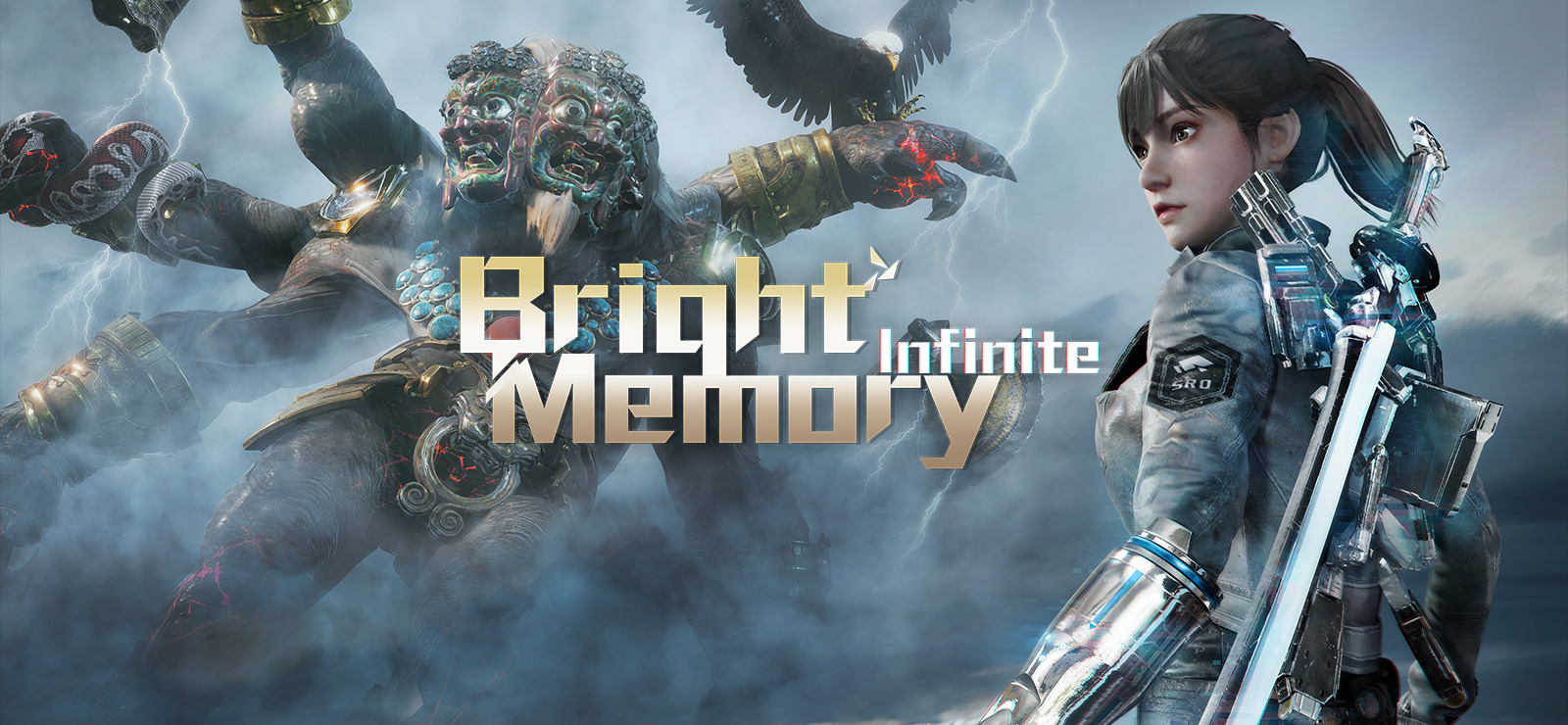One of the most interesting things about video games, as a medium, is that they allow for experimentation and aren’t closed off to just multimillion dollar companies. As recent console generations, and PC marketplaces like Steam, have shown, independent game developers are a welcomed treasure. While their games don’t always hit or resonate the passion is appreciated, and some have made sizeable impacts within the industry.
Close to two years ago, I was asked to review a passion project of a title called Bright Memory. Presented as an arcade first-person shooter, it was a passion project that was mostly developed by one person. It was also said to be a preview, or demo of sorts, for a larger game called Bright Memory: Infinite, which is now available. This review will focus on the latter game, which I just had a chance to play through and wish to talk about.
Like its brief, 30-40 minute long, predecessor, FYQD Personal Studio’s Bright Memory: Infinite is a pretty and action packed first-person shooter. It stars a young woman named Shelia Tan, who just so happens to be part of a special military organization.

Things begin one rainy evening, as New Year’s fireworks are beginning to explode in the sky not far from where Shelia is in her apartment. The news is on, and things are celebratory one minute before quickly changing to an alert telling people to stay home. Why? A mysterious object has been spotted in the sky, along with a strange incoming storm pattern.
Just then, Shelia’s phone rings and her boss tells her to get ready for action. She does so, hops into a hyper plane and flies to the location of the disturbance, where she finds not only a massive black hole but also bad guys from various eras and Chinese mythologies. Don’t play this thing for a rich, deep or compelling story, though, because you won’t get that. It’s not the best at explaining what’s going on, and has an odd ending.
What follows is a several mission long campaign, in which the player must use Shelia’s arsenal and abilities (wall running, double jumping, pulling enemies close to her and using a chain to reach distant locations) to their advantage. This means quite a bit of engaging and visceral action featuring an assault rifle, an automatic pistol, a shotgun and a sniper rifle, all of which have secondary fire options with special, explosive or targeting, billets. Those, plus Shelia’s trusty sword, which can dismember enemies quickly, block (or parry) most attacks and deflect bullets back at enemies as if it’s a lightsaber.

Although it’s only around two hours in length, and is rough around the edges — particularly when perfect jumps or stealth are involved — Bright Memory: Infinite is good fun. It’s somewhat fast, it’s frenetic and it doesn’t try to be something it’s not outside of a questionable stealth segment that seems to go against the heart of the experience. For the most part, it’s arcade through and through, and doesn’t apologize for being fast, fun and violent.
Like the previous release, which I played through at least three times, Infinite seems to be geared towards repeat play throughs. That’s why you can’t upgrade every weapon or ability during one play through, even if you scour the environments for statues that provide upgrade points. It’s also why the game tells you how long it took you to finish it, and gives you a rating upon conclusion.

On the presentation side of things, there’s a good mix of futuristic and ancient environments to look at. Yes, there is some repetition, but for the most part Bright Memory: Infinite is stylish, beautiful and easy on the eyes. It’s fast and fluid, and only suffered from a hint of slowdown, though I question whether that was intentional. Plus, it also sounds good, thanks to impressive effects and an above average score.
Is Bright Memory: Infinite a lengthy and feature rich gaming experience? No. Not really. That said, it’s not advertised as being so. It’s an immersive, energetic, challenging, addictive and (almost always) fun first-person shooter experience, which I’m glad I played and will likely play through again soon.
Don’t sleep on it.
This review is based on the Xbox Series version of the game. We were provided with a code, and played it on a Series S review unit.

